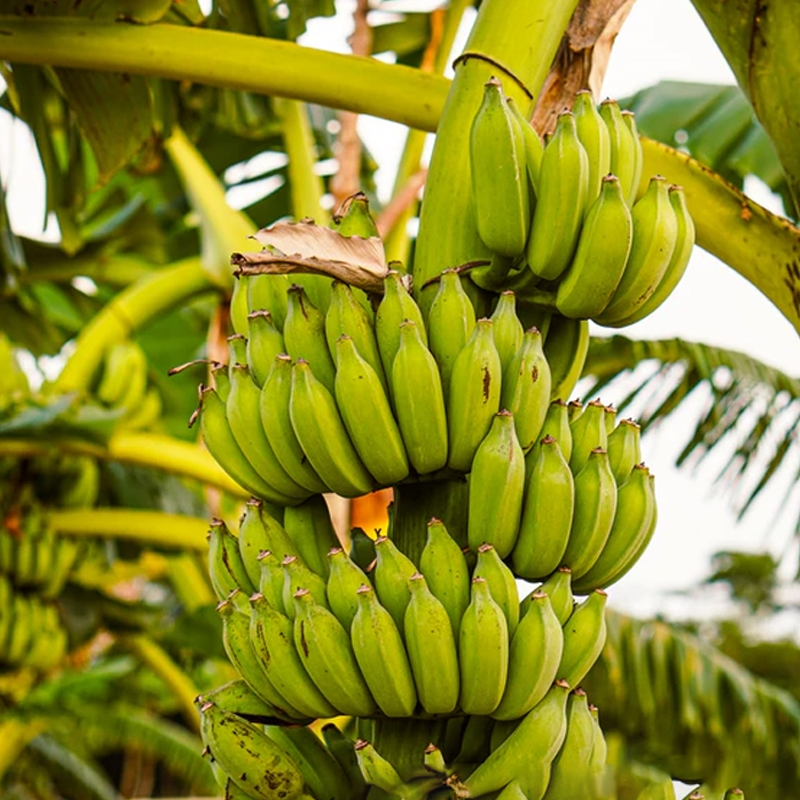



Dutch Iris Rainbow Collection - 10 Plants
Long-lasting cut flowers for arrangements
Vibrant colors enhance seasonal displays
Versatile for various garden settings
Thrives in
ZONE 5ZONE 6ZONE 7ZONE 8ZONE 9This plant ships:
Ships Week of May 5thDutch Iris - Iris Hollandica
The Dutch iris (Iris x hollandica) is a versatile and vibrant addition to any landscape, known for its striking beauty and relatively low maintenance. These bulbs, which hail from the Netherlands, produce tall, elegant flowers that add a touch of sophistication and color to gardens.
The Dutch Iris Visual Appeal With 4 Different Colors
They are renowned for their exquisite appearance, characterized by their intricate patterns and vibrant hues. The blooms typically feature a combination of deep blues, purples, whites, and yellows. Each flower has a unique structure with three outer falls and three inner standards, creating a delicate yet striking display. Their height, which can reach up to 24 inches, makes them a focal point in any garden bed or border.
Dutch Iris Planting and Care
Planting the bulbs is straightforward, making them an excellent choice for a rainbow of colors from an heirloom favorite. The bulbs should be planted in the fall, about 3-4 inches deep and 3-6 inches apart, in well-drained soil. They do best in a sunny location but can tolerate partial shade. Once planted, these require minimal care. They are relatively drought-tolerant but benefit from regular watering during dry periods.
Seasonal Interest In Heirloom Perennials
These perennials bloom from spring to early summer, providing a burst of color after many other spring bulbs have faded. This timing makes them an excellent companion to other perennials and annuals, ensuring continuous visual interest in the garden. After blooming, their slender, grass-like foliage remains attractive and adds texture to the landscape.
Versatility in Landscaping
They are highly versatile in landscaping. They work well in various borders, rock gardens, and as part of a cut flower garden. Their tall, slender stems make them ideal for adding height and structure. Additionally, they are deer and rabbit-resistant, which makes them a practical choice in areas where wildlife can be a concern.
Environmental Benefits
Dutch irises also contribute to the environment by attracting pollinators such as bees and butterflies. This enhances the biodiversity of your garden and supports the local ecosystem. In conclusion, they are a valuable addition to any landscape. Their beautiful flowers, ease of care, and versatility make them a favorite for homeowners who want an Old South look in their landscaping.
This Is How Your Plants Will Look upon Delivery

Bloom Season
Summer
Bloom/Foliage Color
Purple
Height at Maturity
Over 12"
Care
Dutch Iris thrives in well-drained soil and benefits from regular watering, especially during dry spells. Fertilize in early spring to support growth and flowering. Remove spent blooms to encourage new ones and avoid overcrowding to ensure healthy development.
Plant Reproduction
Self Multiplies
Shipping date depends on the date displayed and chosen when you order from the product's page.
We only accept returns on plants verified dead. If you think your plants have died, we offer a 1 year warranty, please use this File a Claim Link to verify dead plants and start with return warranty process.






Dutch Iris Rainbow Collection - 10 Plants

Elegant Blooms:
The Dutch Iris Rainbow Collection features sophisticated blooms in rich shades of blue, purple, yellow, and white, adding an elegant touch to any garden.
Sturdy Stems:
With strong, upright stems, these irises hold their blossoms high, creating a striking visual effect that stands out in any flower bed.
Easy to Grow:
Dutch irises are easy to plant and care for, making them ideal for gardeners of all levels looking for a hassle-free addition to their garden.
Long-Lasting Flowers:
Enjoy weeks of beautiful iris flowers with the Dutch Iris Rainbow Collection, which offers a prolonged blooming period compared to many other irises.
Caring Tips
How do I care for my Dutch Iris Rainbow Collection - 10 Plants?
Each box contains detailed care instructions and information about your product. But here's the basics.
Care Tips
Dutch Iris thrives in well-drained soil and benefits from regular watering, especially during dry spells. Fertilize in early spring to support growth and flowering. Remove spent blooms to encourage new ones and avoid overcrowding to ensure healthy development.
Light Requirements
Dutch Iris thrives in full sun to part shade. Ideally, it should obtain 6 hours of direct sunlight daily. In shadier conditions, it may still grow but with reduced flowering. Well-drained soil enhances its performance.
Hardy Planting Zones
5 • 6 • 7 • 8 • 9
Header
Use this content to share information about your store and products.
Frequently Asked Questions
How often should I water my plants?
How do I know if my plant is getting too much or too little sunlight?
What should I do to prepare my plants for winter?
What are the signs that my plant needs fertilizing?
How can I prevent pests from damaging my plants?
How do I choose the right plant for my climate zone?






